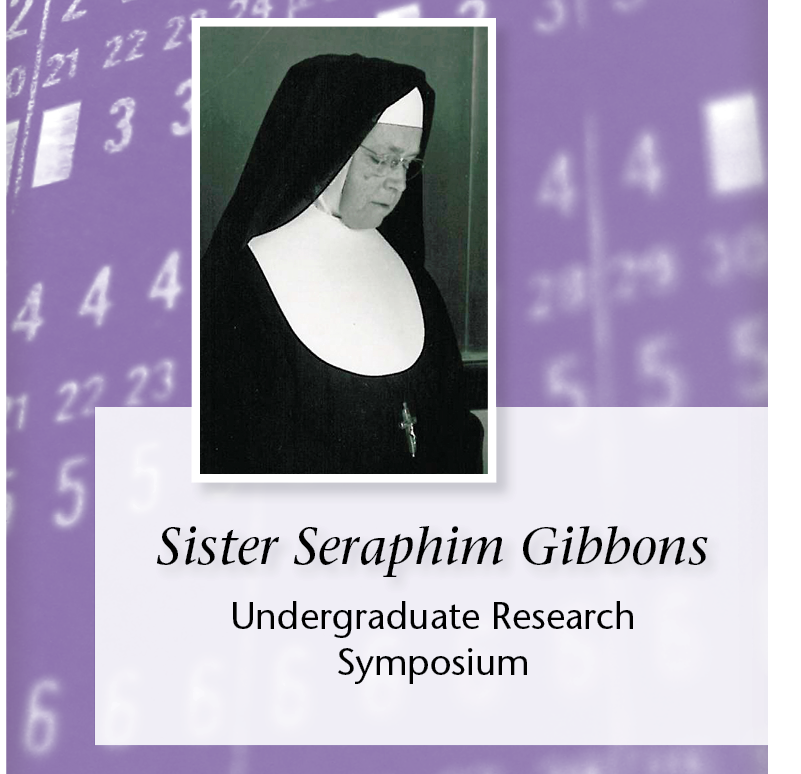The Relationship Between the Social Buffering Effect and Nongenomic Stress Molecules, pCREB and pERK, of the Zebra Finch (Taeniopygia guttata)
Faculty Advisor
Dr. Stacy C. Symons
Department
Biology and Psychology
The Relationship Between the Social Buffering Effect and Nongenomic Stress Molecules, pCREB and pERK, of the Zebra Finch (Taeniopygia guttata)
A substantial body of evidence supports the notion that positive social interactions protect an individual from aversive physiological effects of stressful life events. This “social buffering” effect is believed to mediated by attenuating physiological reactivity to stress. The present experiment investigates the effect of social buffering on brain signaling molecules associated with stress (phosphorylated cAMP response element binding protein (pCREB) and phosphorylated extracellular-regulated kinase (pERK)) in female zebra finches. Subjects were randomly paired with an opposite-sex partner and housed together in an individual cage for at least 10 days prior to onset of testing (24”Wx24”Dx24”H). Subjects were randomly assigned to either the treatment or control group. Subjects in the treatment group were subjected to routine restraint stress for 30min. Then they were either returned to partner (“Stress-Paired”) or were left unpaired (“Stress’Isolated”) for 30min. Subjects in the control group were briefly handled and then left undisturbed with their partner for 30min. Then, they either remained with their partner (“Control-Paired”) or were left unpaired (“Control-Isolated”) for 30min. Brain tissue was collected and immunohistochemistry was used to visualize pCREB and pERK in brain areas known to be responsive to stress. We hypothesize stress-restrained subjects (“Stress-Paired” and “Stress-Isolated”) would have greater expression of pCREB and pERK compared to subjects that were not stress restrained (“Control-Paired” and “Control-Isolated”). In addition, we hypothesize there would be greater pCREB and pERK expression in unpaired subjects after stress restraint (“Stress-Isolated”), than those paired after stress restraint (“Stress-Paired”). Results to be announced as experimentation is still in progress.
